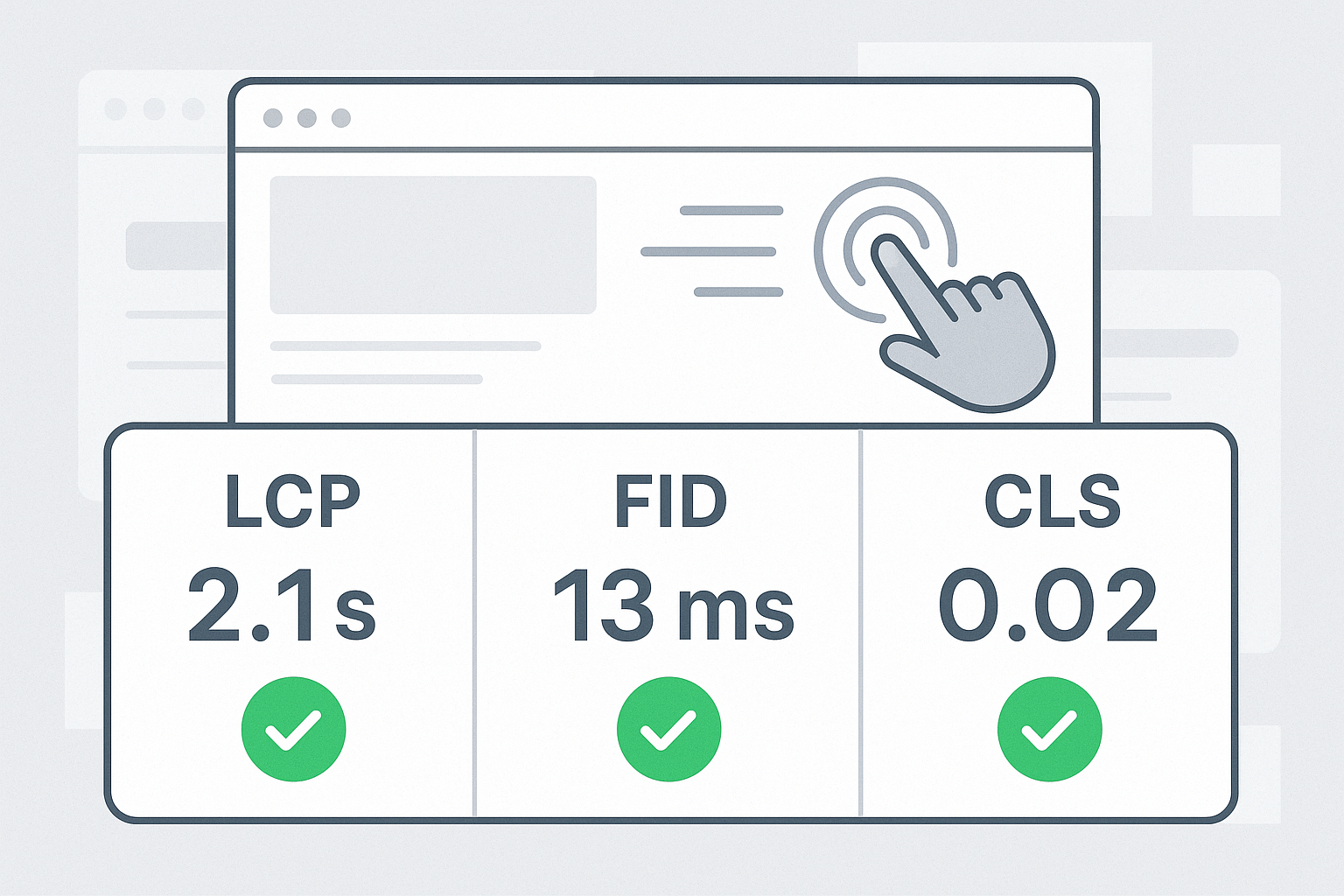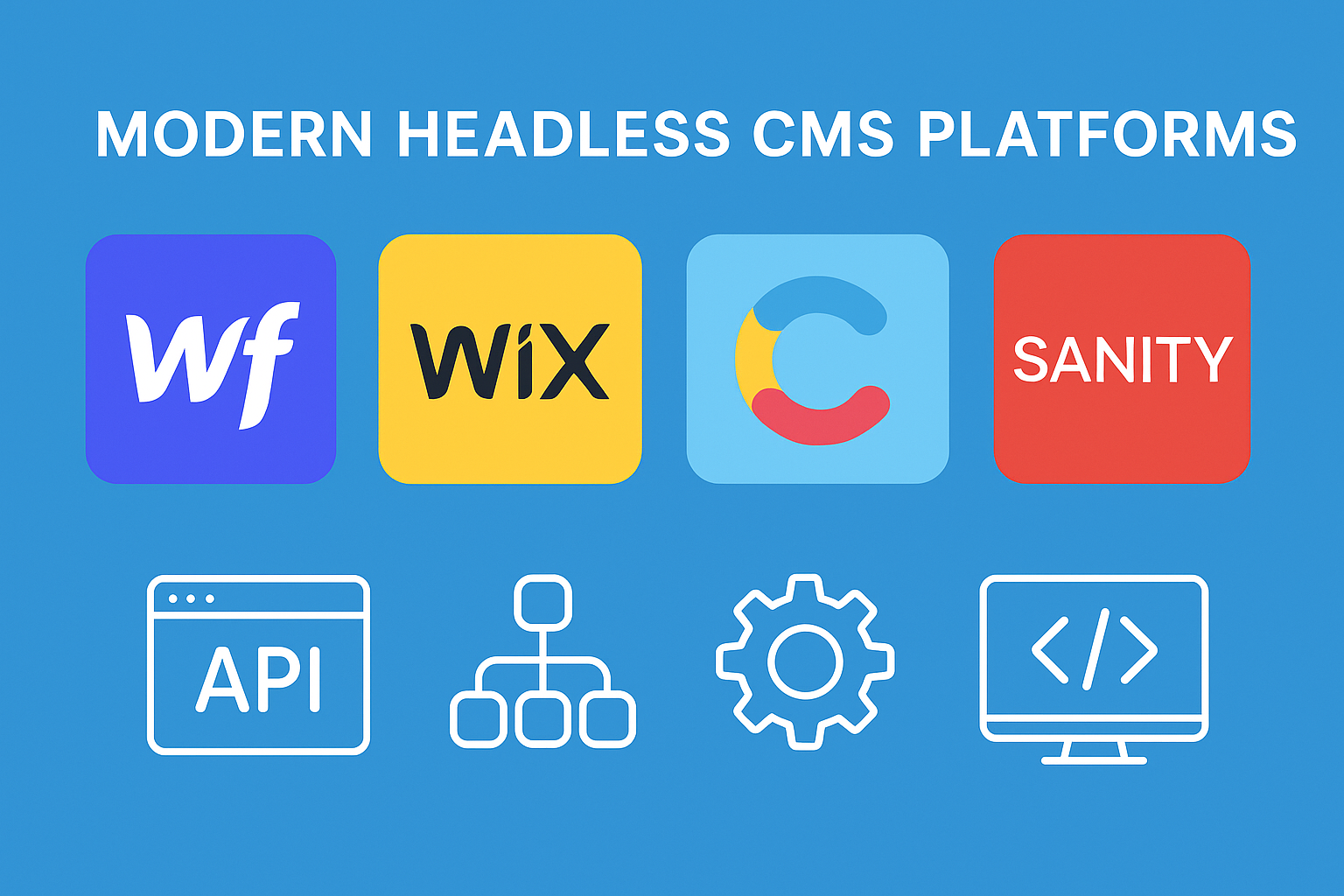00:00
Unlock Agility and Independence: How Splitting Your Frontend Can Revolutionize Development and Deployment
Micro frontend architecture is the latest best practice for building the front end of larger applications. For many years, creating monolithic front-end applications was a common focus of web development. Although this method can be simple for smaller projects, as applications become more complicated and the team size increases, it often results in serious problems. For example, the build time increases, the codebase becomes messy, and managing deployments across several teams becomes a bottleneck. A more scalable, maintainable, and adaptable method of creating contemporary online applications is offered by Micro Frontend Architecture, a design methodology that brings the ideas of microservices to the front end.
The core idea is elegantly simple yet incredibly powerful: break your frontend application into smaller, independently deployable components. Each “micro frontend” can be owned by a dedicated team, built using its technology stack, and deployed autonomously. This approach mirrors the philosophy of backend microservices, offering similar advantages, such as decoupling, team specialization, and greater resilience, on the client side. But how does this work in practice? And more importantly, is it the right approach for your next project?
The Pain Points of Monolithic Frontends
Before diving into the solution, it’s crucial to understand the problems that Micro Frontend Architecture aims to solve. As a frontend monolith grows, teams often experience:
- Scaling Challenges: A large, single codebase becomes difficult to manage, understand, and modify without unintended side effects.
- Technology Lock-in: Upgrading frameworks or adopting new technologies becomes a massive undertaking, as the entire application is tightly coupled.
- Deployment Bottlenecks: A small change in one part of the application requires a full redeployment of the entire front end, increasing risk and slowing down release cycles.
- Team Dependencies: Multiple teams working on the same codebase can lead to merge conflicts, coordination overhead, and slower overall progress. The future leans towards more modular and composable application structures.
- Decreased Developer Productivity: Navigating and understanding a massive codebase can be daunting, especially for new team members, leading to reduced efficiency.
These issues can stifle innovation and make it difficult for businesses to respond quickly to market changes. Our web development team often encounters clients facing these exact hurdles with their legacy systems.
Core Principles of Micro Frontend Architecture
Several key principles guide the implementation of a successful Micro Frontend Architecture:
- Technology Agnostic (to a degree): Each micro frontend can be built with different frameworks (e.g., one in React, another in Angular, a third in Vue.js). While this offers flexibility, it also requires careful consideration of bundle sizes and overall user experience.
- Team Ownership: Individual teams take full ownership of their micro frontend, from development and testing to deployment and maintenance. This fosters autonomy and accountability.
- Independent Deployments: Changes to one micro frontend can be deployed without affecting others, leading to faster and safer releases.
- Isolated Runtimes (Ideally): Micro frontends should have minimal coupling, avoiding shared global state or dependencies where possible to prevent conflicts.
- Resilience: If one micro frontend fails or encounters an error, it shouldn’t bring down the entire application.
Popular Implementation Strategies for Micro Frontends
There are several ways to implement a Micro Frontend Architecture, each with its trade-offs:
- Build-time Integration (e.g., NPM Packages): Components are published as packages and consumed by a container application. While simple, this often leads back to a monolithic build and deployment cycle.
- Run-time Integration via Iframes: Iframes provide excellent isolation but can lead to challenges with routing, deep linking, and communication between different parts of the application. They also have UX and SEO implications.
- Run-time Integration via JavaScript (Client-Side Composition): A container application dynamically loads and mounts micro frontends directly into the DOM. This is a very common approach, often facilitated by frameworks like single-spa or module federation (e.g., Webpack 5’s Module Federation).
- Run-time Integration via Web Components: Custom Elements, Shadow DOM, and HTML Templates offer a standards-based way to create reusable and isolated UI components.
- Server-Side Composition (e.g., Edge-Side Includes – ESI): HTML fragments generated by different micro frontends are assembled at the server or CDN edge before being sent to the browser. This can improve initial load times.
Comparison of Common Integration Techniques:
| Technique | Isolation | Complexity | Performance Overhead | Dev Experience | Independent Deployment |
|---|---|---|---|---|---|
| NPM Packages | Low | Low | Low | Good | No |
| Iframes | High | Medium | Medium | Fair | Yes |
| JS (Client-Side Compose) | Medium | Medium-High | Medium | Good | Yes |
| Web Components | High | Medium | Low-Medium | Good | Yes |
| Server-Side Compose (ESI) | High | Medium | Low | Fair | Yes |
Martin Fowler’s article on Micro Frontends provides an excellent deep dive into these concepts and is a highly recommended read for any team considering this architecture.
Benefits of Adopting Micro Frontend Architecture
When implemented correctly, Micro Frontend Architecture can offer substantial benefits:
- Improved Scalability: Teams can scale their development efforts independently.
- Enhanced Maintainability: Smaller, focused codebases are easier to understand and maintain.
- Technology Diversity: Allows teams to choose the best tools for their specific part of the application, fostering innovation.
- Autonomous Teams: Empowers teams to make decisions and deploy features independently, increasing velocity. According to a DORA (DevOps Research and Assessment) report, elite performers deploy on demand and have significantly shorter lead times for changes, which micro frontends can help achieve.
- Faster, Incremental Upgrades: Parts of the application can be rewritten or upgraded without impacting the entire system.
- Resilience: A failure in one micro frontend is less likely to affect others.
Challenges and Considerations
Despite its advantages, Micro Frontend Architecture introduces its own set of complexities:
- Operational Complexity: Managing multiple repositories, build processes, and deployment pipelines can be more complex than a single monolith.
- Bundle Size and Performance: Carelessly mixing too many frameworks or duplicating dependencies can lead to larger bundle sizes and slower load times. Effective shared library management (e.g., via module federation) is crucial.
- Consistent User Experience: Ensuring a cohesive look and feel across different micro frontends developed by other teams requires strong design systems and communication.
- Inter-Frontend Communication: Establishing clear patterns for communication (e.g., custom events, a shared event bus, or URL routing) between micro frontends is vital.
- Shared State Management: Deciding how to manage state that needs to be shared across different micro frontends can be tricky.
- Initial Setup Overhead: The initial investment in setting up the infrastructure and conventions for micro frontends can be significant. It’s often overkill for small projects or teams.
Is Micro Frontend Architecture Right for You?
Adopting Micro Frontend Architecture is a significant architectural decision. It’s generally most beneficial for:
- Large, complex web applications.
- Organizations with multiple development teams working on the same product.
- Applications where different sections evolve at different paces or have distinct technology needs.
- Projects where incremental modernization of a legacy frontend is required.
For smaller applications or single, small teams, the overhead of micro frontends might outweigh the benefits. A well-structured monolith can still be very effective in those scenarios.
The move towards Micro Frontend Architecture reflects a broader trend in software development towards modularity, autonomy, and resilience. By breaking down complex frontends into manageable, independent pieces, organizations can accelerate growth, empower their teams, and build more robust and adaptable web applications. If your organization is grappling with the limitations of a frontend monolith, exploring this architectural pattern could be a strategic step towards future-proofing your web presence.










